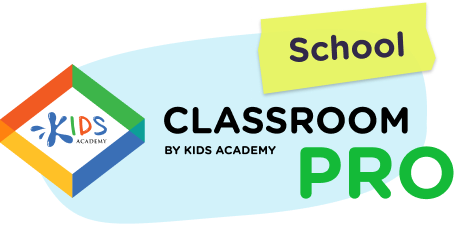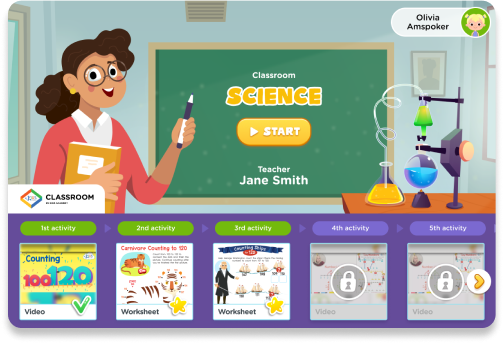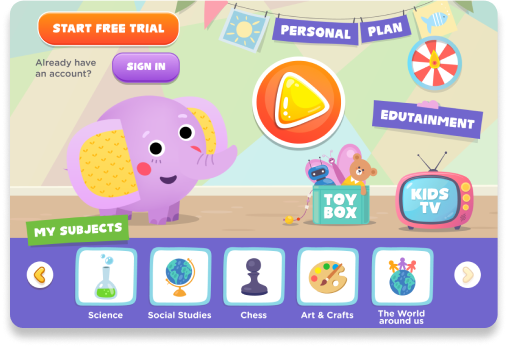Understanding sizes Math Worksheets for Ages 6-8
3 filtered results
-
From - To
Introduce young learners to the concept of understanding sizes with our engaging math worksheets tailored for ages 6-8. Designed to enhance their measurement skills, these worksheets effortlessly blend education and fun. Through various activities, children learn to differentiate between small, medium, and large objects, helping to develop critical thinking and spatial awareness. The brightly colored sheets and kid-friendly themes make learning exciting, capturing their imagination and turning abstract concepts into tangible learning. Ideal for classroom use or homeschooling, these printables ensure a solid foundation in size comparison and orderly thinking, setting the stage for future math success. Explore now!


Shapes of All Sizes Worksheet
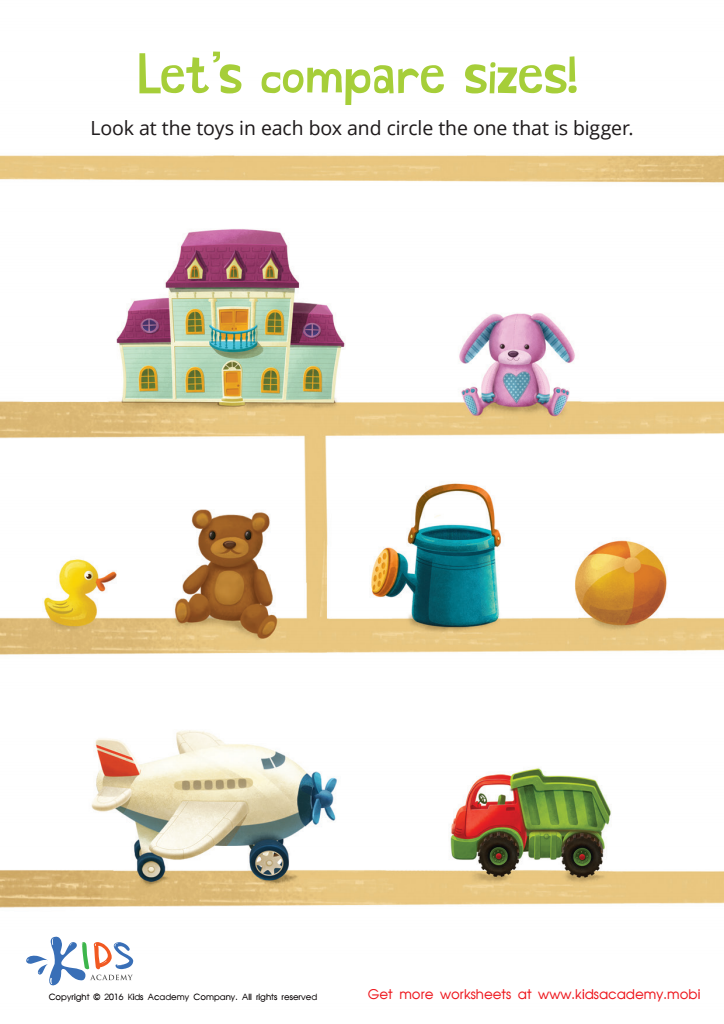

Classifying by Size Sorting Worksheet
Understanding sizes in math for ages 6-8 is foundational for children's cognitive and developmental growth. First and foremost, grasping the concept of sizes lays the groundwork for more advanced mathematical skills such as measurement, comparison, and spatial reasoning. It enables children to distinguish between taller, shorter, longer, and smaller and apply these distinctions in real-world scenarios, from estimating quantities in cooking to organizing space in a room.
Moreover, understanding sizes nurtures problem-solving skills and logical thinking. When children compare and order objects by size, they learn to make reasoned decisions—a critical component of everyday problem solving. Think of sorting groceries by size or fitting different shaped blocks into a puzzle. These activities develop patience and perseverance as children learn not only through successes but also through trial and error.
Socially and emotionally, mastering sizes can boost confidence and independence. Successfully navigating everyday tasks involving size distinctions promotes a sense of achievement and encourages students to take on new challenges.
For parents and teachers, investing in the comprehension of size concepts in early education is paramount. Not only does it meet curriculum standards, but it also fosters holistic development, encouraging analytical thinking, collaboration in peer activities, and practical application skills. Understanding sizes is an integral part of preparing children for future academic success and real-life competencies.
 Assign to My Students
Assign to My Students
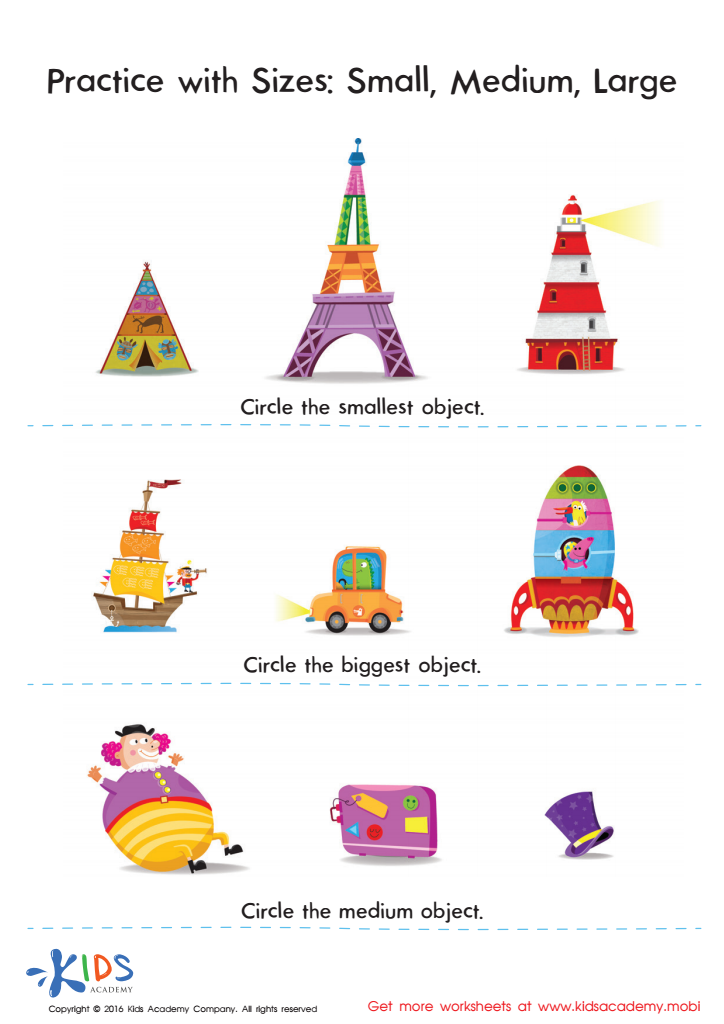


.jpg)













